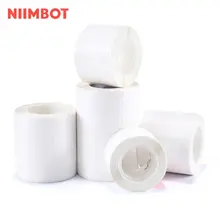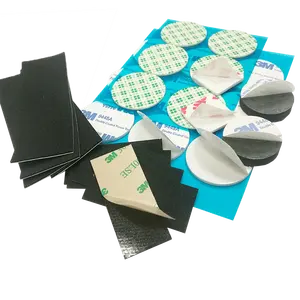Introduction to 3M Adhesive Backed Rubber Strips
The realm of industrial and consumer goods has long benefited from the versatility of 3m adhesive backed rubber strips. These strips serve a myriad of purposes, thanks to their robust adhesion and flexible rubber material. Ideal for a range of applications, from sealing and cushioning to noise dampening, these strips are a staple in various sectors.
Types and Classifications
Adhesive rubber strips are broadly categorized based on their density—sponge or dense—and their primary material composition. The three primary classes include latex-based, industrial-grade, and consumer-oriented products. Each type is engineered to meet specific requirements, ensuring a fit for diverse applications.
Applications and Uses
The utility of rubber strips with adhesive backing spans across industries. In transportation, they are used for vibration reduction and sealing, while in healthcare, they contribute to equipment that demands sterility and precision. Household applications are equally varied, including anti-slip grips and protective edging, showcasing the material's adaptability.
Material Features and Advantages
The material composition of self-adhesive rubber strips confers several advantages. Their resilience against wear and tear stands out, along with resistance to environmental factors such as temperature fluctuations and humidity. This durability translates into an extended shelf life, provided they are stored correctly, away from direct sunlight and extreme conditions.
Maintenance and Longevity
Maintaining the integrity of adhesive rubber sealing strips involves proper storage and handling. While inherently durable, these products can succumb to degradation if exposed to harsh conditions. Ensuring they are kept in a controlled environment can significantly prolong their functional lifespan.
Choosing the Right Product
Selecting the appropriate rubber adhesive strip necessitates a clear understanding of the application requirements. Factors such as the environment of use, the surface to which the strip will adhere, and the expected longevity should guide the selection process. This ensures that the chosen strip performs optimally for its intended purpose.







































 浙公网安备 33010002000092号
浙公网安备 33010002000092号 浙B2-20120091-4
浙B2-20120091-4